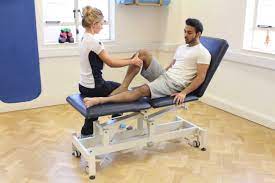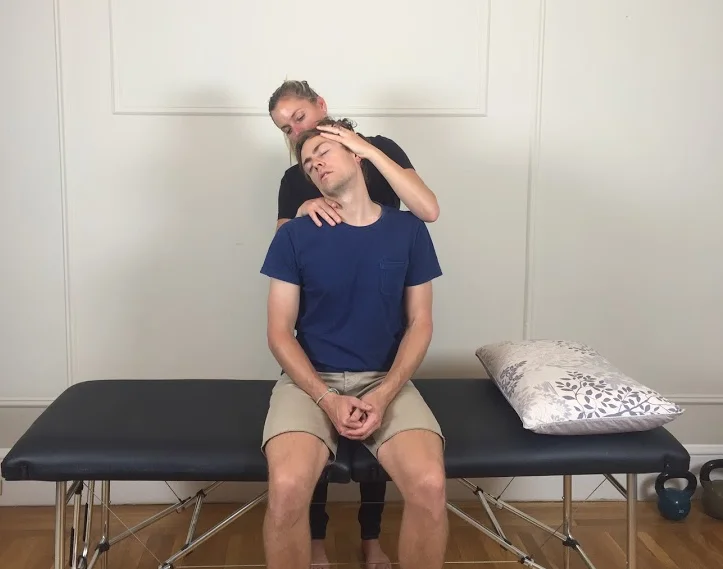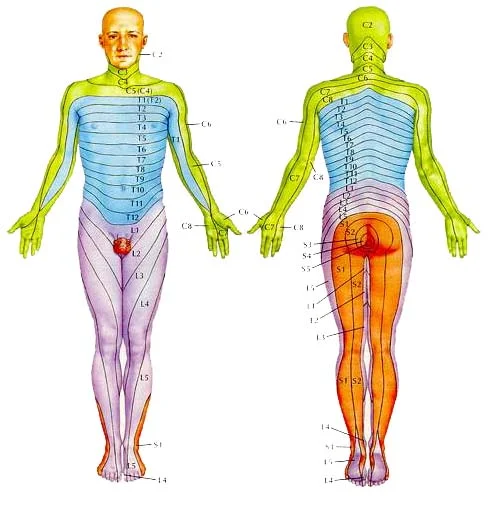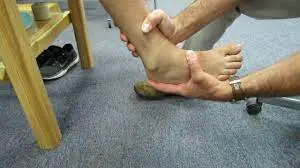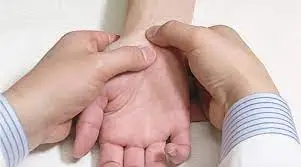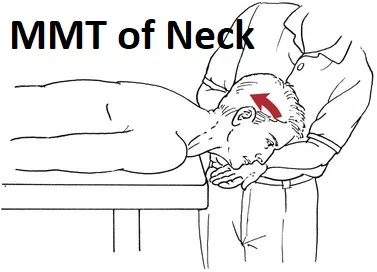Beighton score
Table of Contents
Objective
- An objective of the Beighton score is the popular method of screening for hypermobility.
- 5 maneuvers four passive bilateral & one active unilateral are required to complete the nine-point scale. In the starting, this was utilized in epidemiological studies to identify populations with hypermobility. As the result, a scale was ideal due to this could be completed quickly as well as easily by a large number of individuals.
- A Beighton score’s criteria were the first to be utilized to identify hypermobility, as well as this has been in utilize for 30 years. Only some joints are evaluated, & no other involved systems are included.
- The Carter, as well as the Wilkinson scoring system, was modified into the Beighton score in 1964. Passive extension of just a little finger beyond 90 degrees with a forearm flat on the table replaced passive extension of the fingers due to this being too strenuous.
Disadvantages
- Owing to this only examining a small number of joints, hypermobile joints outside of the selected group will almost always go unnoticed.
- This is the “all-or-none” test. This simply reflects the widespread nature of this distribution as well as does not indicate a degree of hypermobility. The 10-point hospital Del Mar criteria are the alternative scale that provides a more comprehensive view of the joint laxity, including the shoulder, hip, patella, ankle, foot, as well as toes.
Etiology
- Since then, a Beighton score has been used all over the world to describe generalized joint laxity in all age groups as well as populations.
- The majority of prevalence studies that are currently available utilized various cutoffs, ranging from greater than three hypermobile joints to greater than six of the nine joints that were evaluated (both thumbs, both little fingers, both elbows, both knees, as well as the trunk).
- In some of these studies, only the dominant side was examined. Beighton, & Horan (1969), revised a test to measure joint laxity in people with Ehlers-Danlos syndrome. The most common choice of the cutoff was >4 hypermobile joints.
Clinical Use
| Components of a Beighton scale | Left | Right |
| Passive dorsiflexion as well as hyperextension of the fifth MCP joint beyond 99 degrees | 1 | 1 |
| Passive apposition of a thumb to a flexor aspect of a forearm | 1 | 1 |
| Passive hyperextension of an elbow beyond 10° | 1 | 1 |
| Passive hyperextension of a knee beyond 10° | 1 | 1 |
| Active forward flexion of a trunk with the knees fully extended after that the palms of the hands rest flat on the ground | 1 | 1 |
| Total | /9 |
- Owing to the bilateral nature of the first four elements, a maximum score of 2 may be assigned to them. The final part gets a score of either 0 or 1.
- For ligament laxity, the highest possible score is 9. A nine indicates hyperlaxity. The score of 0 is very close. Al-Rawi et al. (1985), Diaz et al. (1993), as well as Klemp et al. (1984), identify a score of 4 to 9 as representing ligamentous laxity as well as a score of 0 to 3 as normal.
- A score of 4 or higher out of a possible 9 by a child (1986) indicates generalized hypermobility of the joints. In contrast to the other criteria, a spinal forward flexion criterion measures hamstring flexibility as well as anatomic proportions to ligamentous laxity.
- When four or more of five tests, including contralateral knee hyperextension, are positive, generalized joint laxity is considered to be present, as defined by the Beighton as well as Horan criteria.
- In point of fact, there is no universally accepted threshold for BJHMS; some researchers employ a score of 5/9 on the Beighton scale, while others employ a score of 6/9, and still, others employ a modified score of 3/9.
Instructions for completing the Beighton scale
- I am going to bend the little finger at 90 degrees to the back of the hand
- I am going to bend the thumb to the front of the forearm; I am going to bend the elbow backward; I am going to bend the knee backward. Can you place the hands flat on the floor with the knees straight?
FAQs
Hyperlaxity can be either confirmed or ruled out using the Beighton score. While a Beighton score of less than 5 should not necessarily rule out Ehlers-Danlos syndrome (EDS), adults typically require a positive score of 5 or more (generalized joint hypermobility) to consider the condition a diagnosis.
Generalized Joint Hypermobility is indicated by scores of four or higher. maybe asymptomatic or associated with dislocations, fatigue, and joint pain that is aggravated by exercise. Muscle weakness is frequently the result of chronic pain.
The genetic basis of hEDS is currently unknown; adults with a score of 5/9 or higher and prepubescent children with a score of 6/9 or higher are considered to have GJH. The clinical diagnosis of hEDS is based on internationally recognized criteria.
Despite not having any of the specific EDS conditions, some people suffer from hypermobility-related issues. They might be given the diagnosis of hypermobility spectrum disorder (HSD), which is treated just like hEDS.
Very free joints, delicate or stretchy skin, and a family background of Ehlers-Danlos condition are many times to the point of making a finding. In rarer forms of Ehlers-Danlos syndrome, genetic tests on a blood sample can confirm the diagnosis and rule out other conditions.


